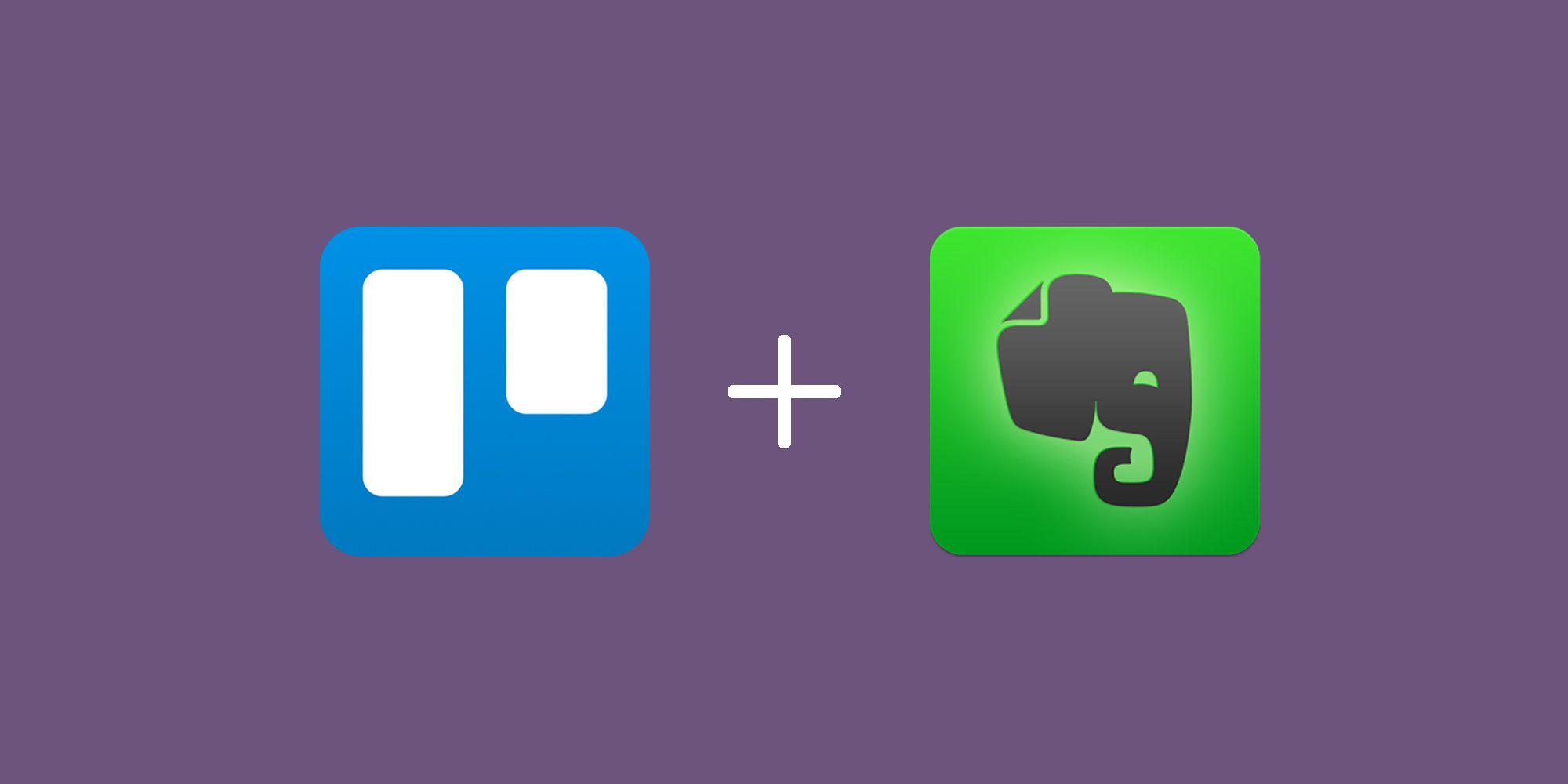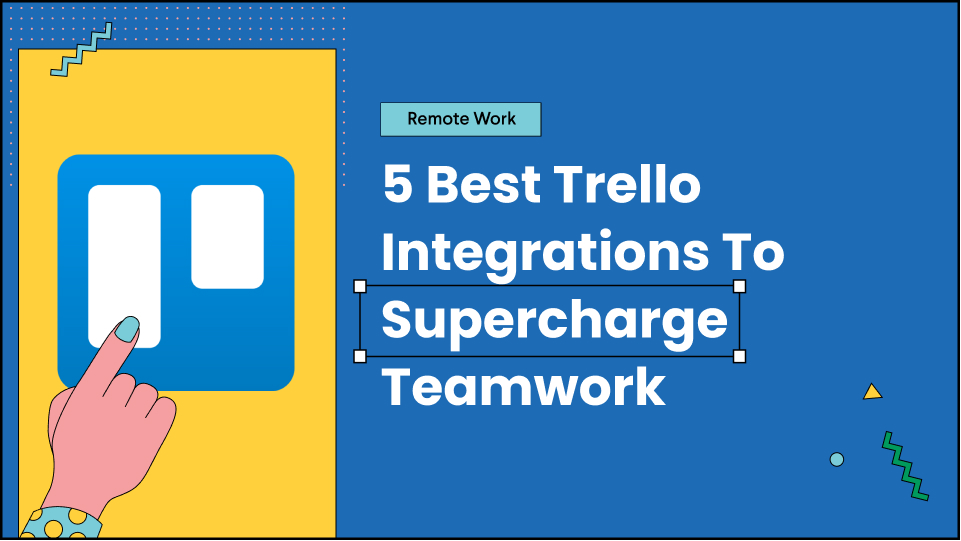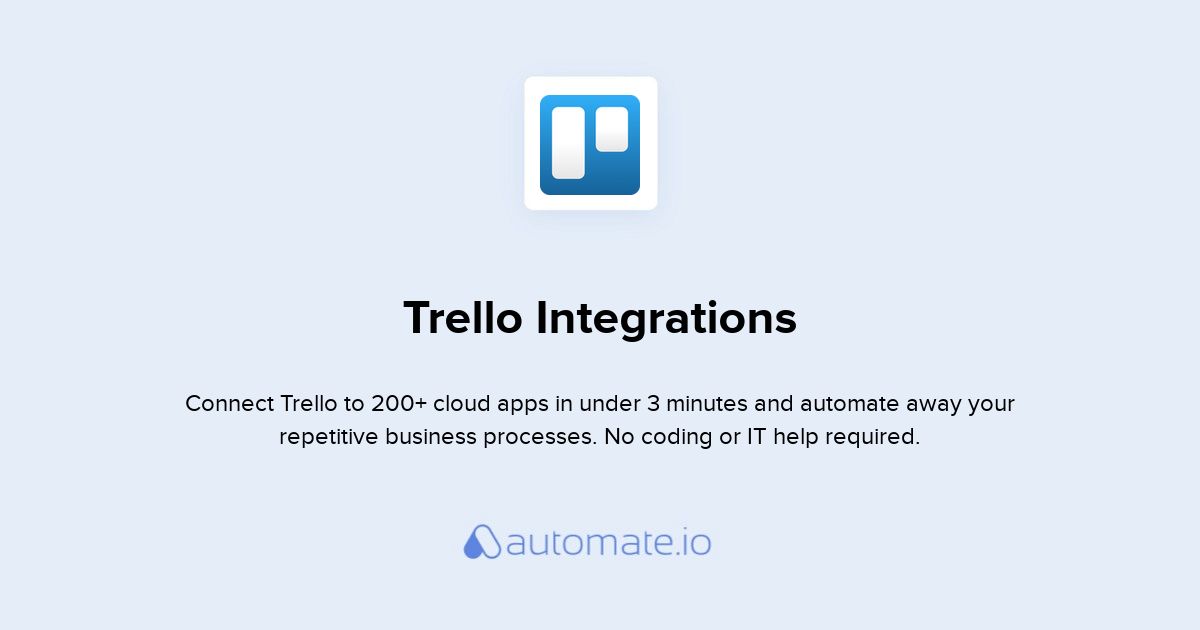


I would do just a little research into restful web APIs, as it’s really only a matter of learning the basic methods for transmitting data from one internet-connected machine to another.Ī webhook would “fire” when the event of a sale or whatever occurs, and that would hit an endpoint on a server you control that’s listening for the webhook, and prepared to send a subsequent HTTP call (or multiple) to other APIs like high rise or MailChimp. Yeah, essentially a zap is just a script based on a webhook, connecting functionality between API events. Switching e-commerce to another platform is not an option at this point. There is a Restful API for weebly, that has all the info I need but I don't know dilly dilly about API / JSON.īest solution would be Weebly API to populate the Google Sheet. I can cut and paste info when I get an order, but I want to automate that. One possible solution is a Zap that monitors a Google sheet, and adds that info to Highrise, Mailchimp. + add customer email to existing Mailchimp list + assign a task to call customer in Highrise + add the customer record from Weebly to Highrise What I want to happen when I get an order: There is a Restful API, however, and a ton of Zaps run if I simply get info into a Google sheet. I use weebly for my online store and it works fairly well, except there is no direct Zapier apps with it.
#Highrise trello integrations how to#
How to automate order info with Mailchimp and Highrise from Weebly without direct Zapier integration? Level up.TL DR: Alternative to cut / paste customer record into Google sheets to trigger Zapier apps? Ditch the frustrating and ineffective “stuff scattered everywhere” multi-app approach, and switch to Basecamp’s all-in-one, unified, and organized project management method instead.
#Highrise trello integrations software#
Who uses Basecamp? Top notch marketing firms, ad agencies, design shops, software developers, client services firms, IT firms, consultants, freelancers, builders, contractors, publishers, schools, governments, religious organizations, charities, non-profits, first responders… Over 75,000 organizations, big and small, across every industry imaginable, from 166 countries on five continents.

You never know what you had until it’s gone. It’s why those that leave end up coming back and sticking with us the second time around. It’s why teams that sometimes leave in search of “more power” end up slamming into the consequences of over-powered software: Complexity. Not on separate platforms scattered in various places, but all intuitively organized in one centralized place where everyone can work together, no matter if work is in an office or remote.īasecamp’s intentionally simple by design. Highly recommended.”īasecamp works because it’s the easiest place for everyone in every role to put the stuff, work on the stuff, discuss the stuff, decide on the stuff, and deliver the stuff that makes up every project. It’s beautiful software that has resisted every wrong trend and stayed true to the things that mattered most. Perfected and pressure-tested by hundreds of thousands of teams on millions of projects, Basecamp’s the gold standard for a simpler, superior version of project management.Īs Tobi Lütke, Shopify’s CEO says, “I’ve used Basecamp for a million projects over the last decade and a half. For nearly two decades, we’ve continually refined a unique set of tools and methods to fundamentally reduce complexity, and make project management more of a joy and less of a chore.


 0 kommentar(er)
0 kommentar(er)
